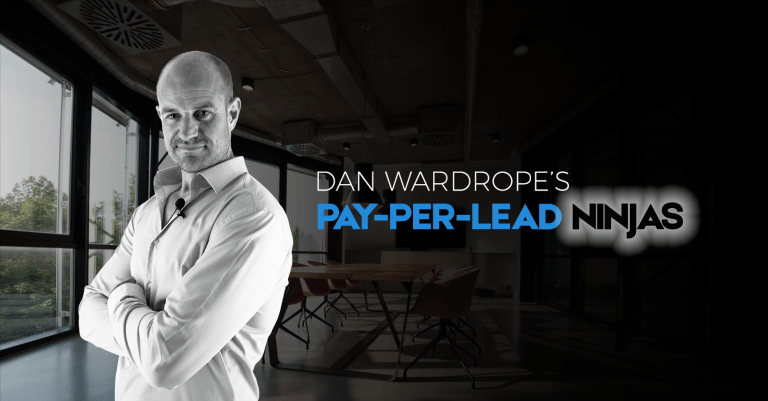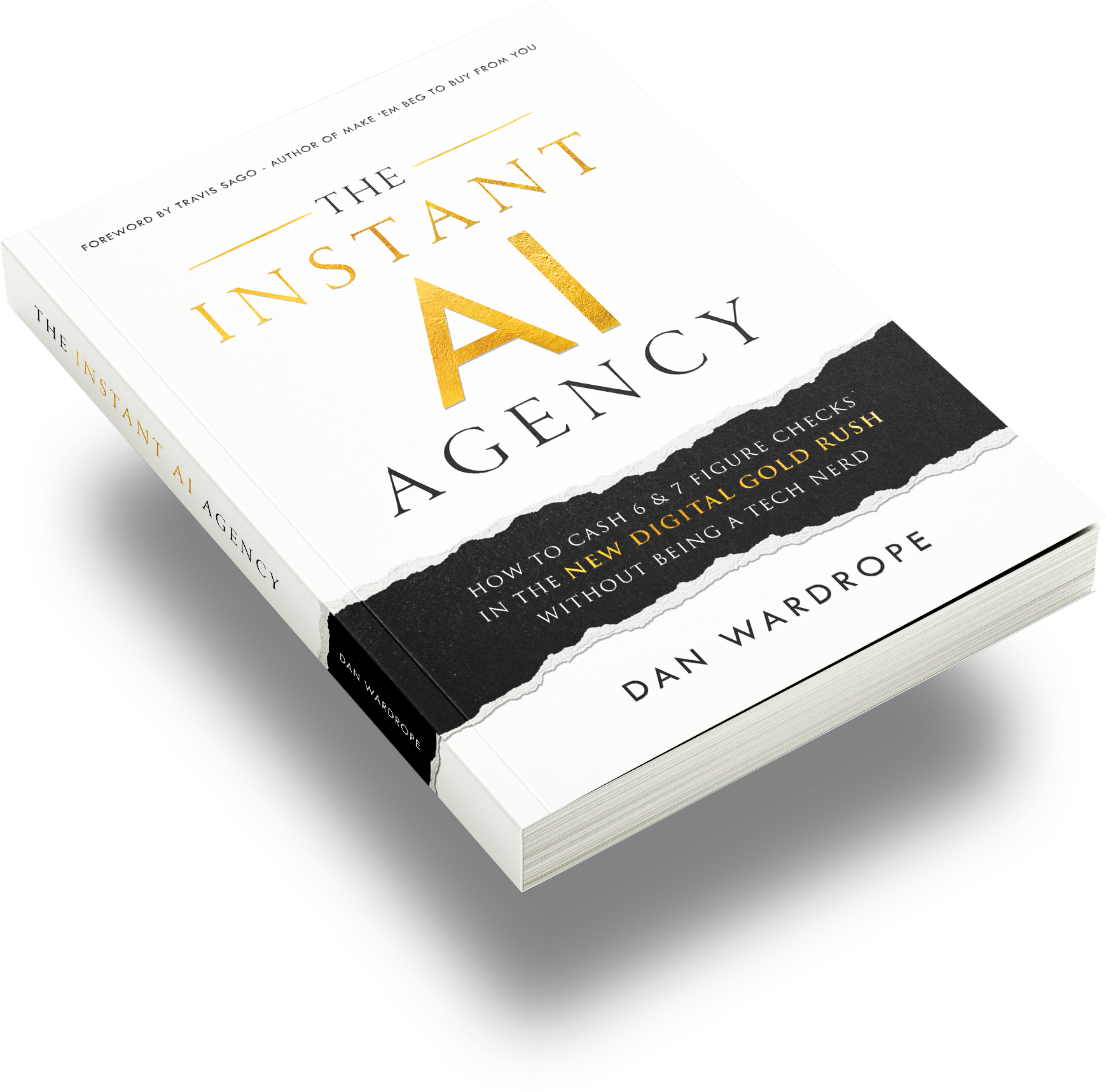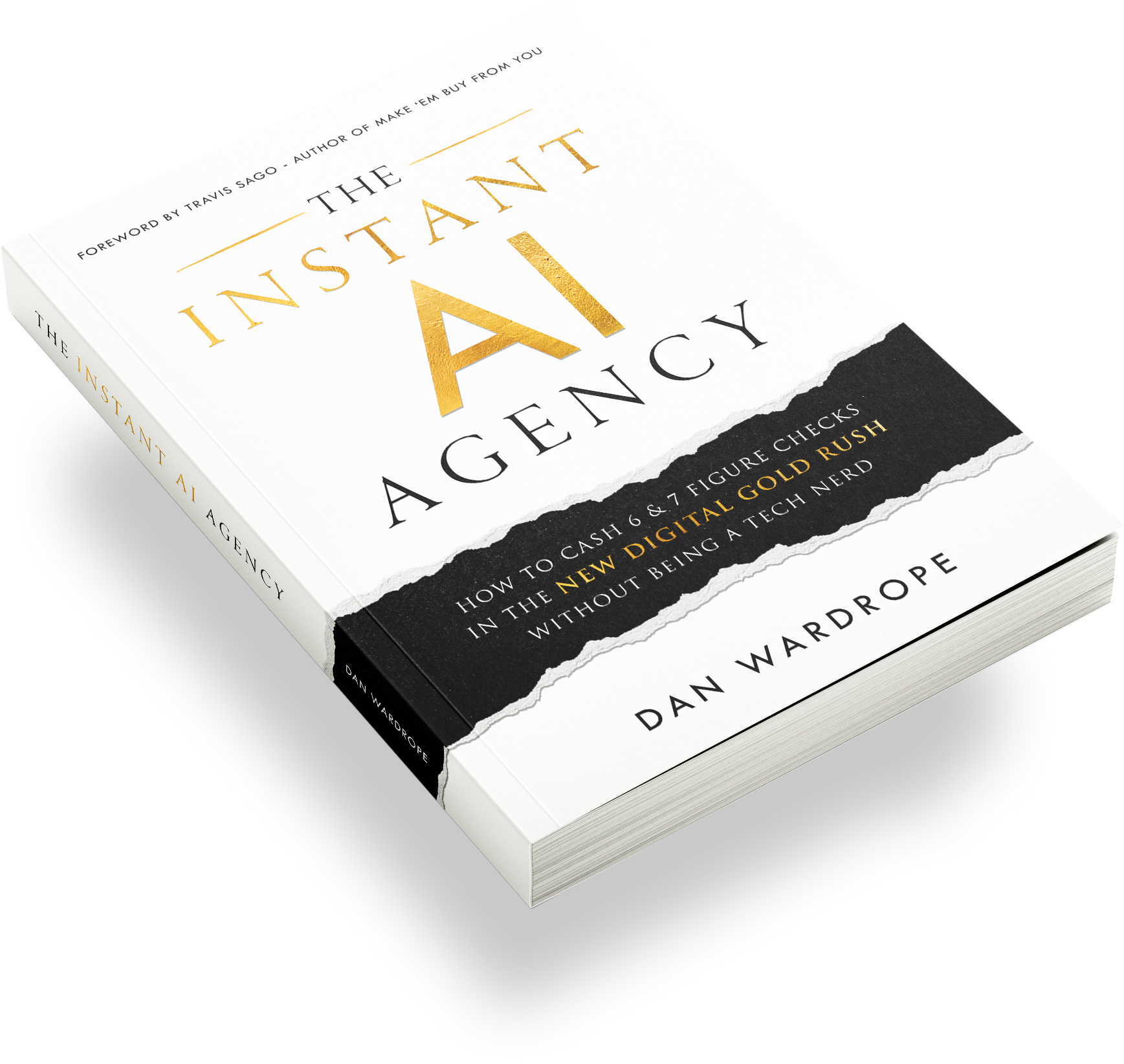How to determine a realistic lead cost for your PPL clients…
This guide will give you a few rules of thumb when it comes to charging realistic costs per lead.
Figuring out your lead cost with the PPL model all depends on where you are in your PPL journey.
Before we get into the exact figures, let’s dive into the different ways you can charge your clients depending on experience.
The hybrid deal (also known as the Grandfather deal)
This type of deal is great for getting into a new industry or niche – it’s how I got my first gig in PPL.
When you venture into a new niche, you don’t know about the industry and what your lead cost is going to be.
Let’s take a mortgage lead as an example:
You won’t know whether or not they want people with larger deposits or smaller deposits, good credit or bad credit.
It would be a bad idea to go in without any idea of what criteria of lead your client wants.
The relationship probably isn’t going to last long because you don’t know what you’re doing.
The issue is that you can still sell the Pay Per Lead model with very limited knowledge and experience which could end up becoming a DISASTER.
How I landed my first client with the hybrid model…
Around 5 or 6 years ago, I landed my first serious client through the hybrid model.
I had some experience generating leads in the car industry for a “sell your car fast” type company in Melbourne. It went well and we had quality leads.
So I told the client we were looking to go into debt consolidation. We had shown them our funnels and how everything worked.
What we wanted to do is work with 2 or 3 partners on a “Grandfather deal”.
We set up all of the landing pages, built the funnels, made videos for ads – pretty much everything, the idea being that we would get paid once the lead closed.
The only thing we asked in return is that the client covered the ad spend inside the ad account.
This is quite powerful because you’ve offered to do the work in advance and the client only has to cover the ad spend.
With this, you might need to take 10 calls before you get one person interested enough to give you a try in a new industry.
It was one of the most profitable business deals that I had EVER made.
By moving the payment date closer to when the lead was delivered, our offer became much more attractive.

How can you move this forward?
Let’s take a look at the mortgage industry again.
There may be a three months gap between the lead coming in and the payment, simply because the client has to take quite a few steps before they can sign the mortgage off.
That’s too long to get paid.
Negotiating your lead cost…
You need to see if you can negotiate with a client to get paid when the documentation is sent out, which could be a week.
There’s faster ways to get paid if you’re creative with what you do.
It’s unlikely that you’re going to smash it out of the park with your first hybrid deal.
What you will find out is the criteria the client needs.
It would be insane to charge clients $75 a week without knowing what you’re doing and you’ll most likely lose that client.
Instead, you need to land a few hybrid deals to figure out your lead cost, quality and build relationships when starting out.
What will eventually happen is you’ll get good in your industry and then you can move on to the front-end Pay Per Lead model.
Our tip for figuring out lead cost:
So you’re rolling, you’ve got experience and you’ve signed a hybrid deal.
Once you’ve got this in the bag, you want to come up with a lead cost to charge your client.
This hack involves calculating 1% of their average order value.
If you’re working with a mortgage company, the average commission on a mortgage is $5k for a $500k mortgage. Your lead cost would be $50 which is 1% of the $5k commission.
This is more of a yardstick.
If you do have experience and you know your cost per lead, look at how much it’s been costing you in the last 4 weeks.
If you’re generating leads for $25 you’ll be able to sell them for $50 or $60. That’s a 100% markup on your cost per lead!
At certain points in the year lead cost may be super cheap and you’ll be killing it, but at other points like Black Friday, prices can skyrocket…
I’ve been coaching someone in the UK who generates leads for $15 and sells them for $60.
He was worried this price markup was too high.
But with price fluctuations throughout the year, generating the leads could end up costing more than what he sells them for.
It’s important to make sure you stick to your guns and have some margin for when times get tough.
If you’re just starting, try the 1% rule for your lead cost.
If you have experience, markup your leads by 100% and you’ll be good to go.
Enjoyed this simple formula?
Check out our Flexxable YouTube channel.
Get a break-down of performance-based marketing strategies in bite-sized chunks…







